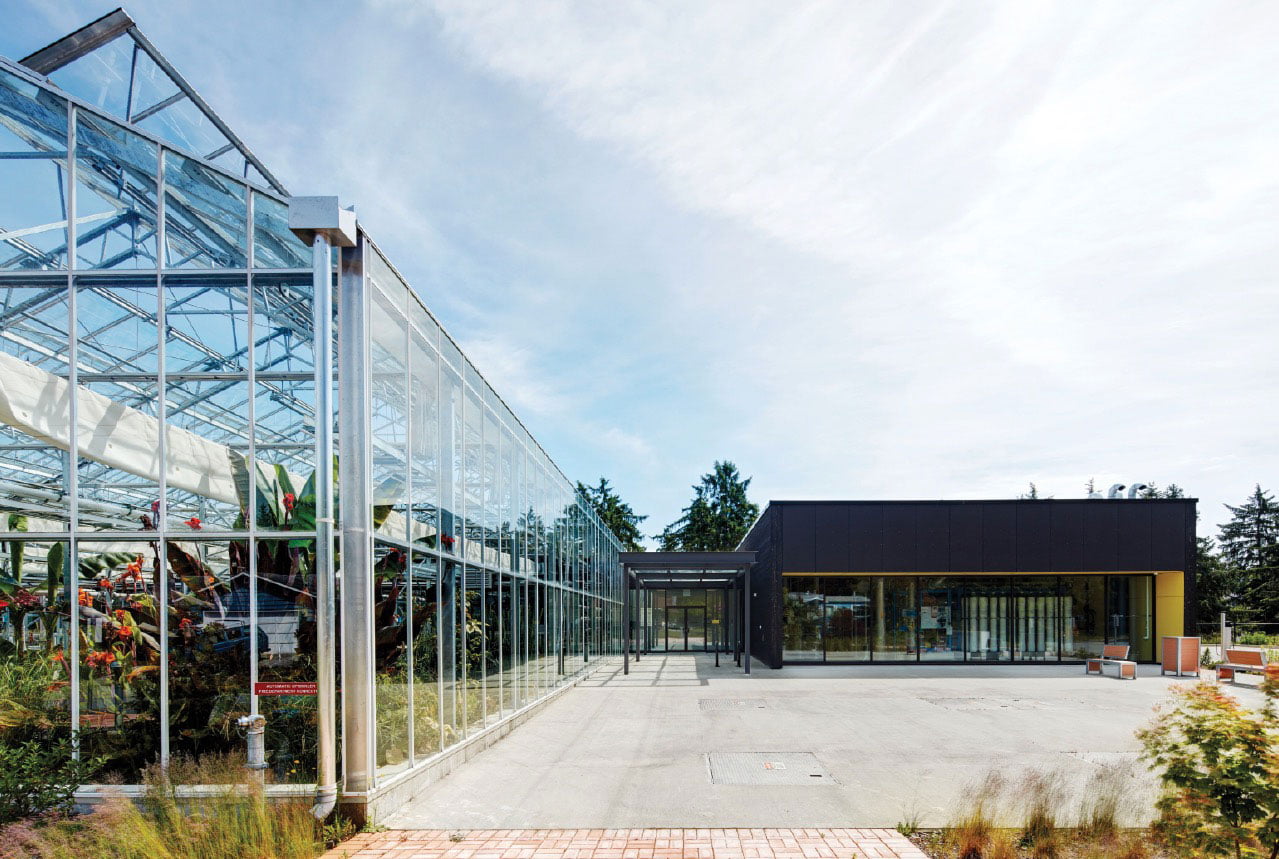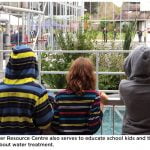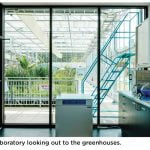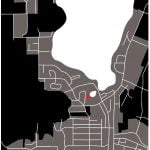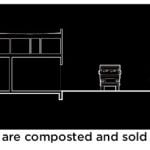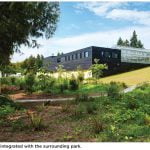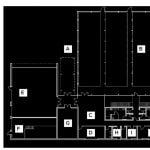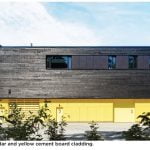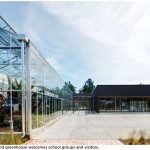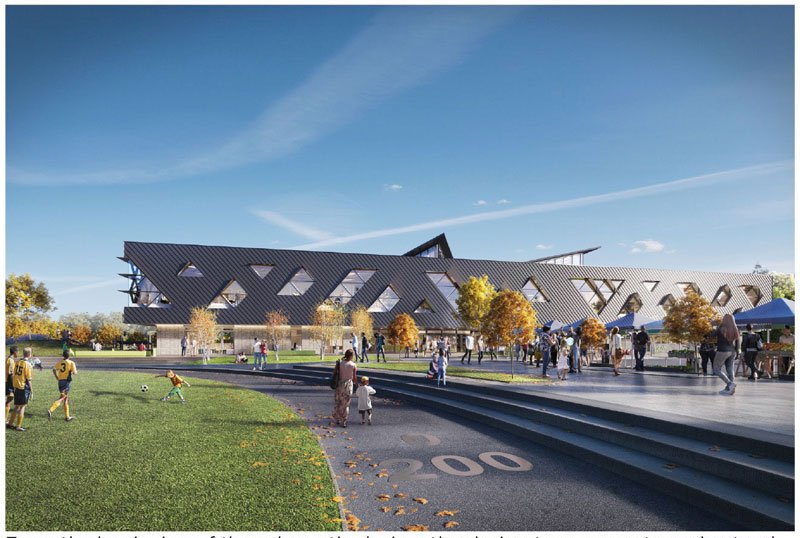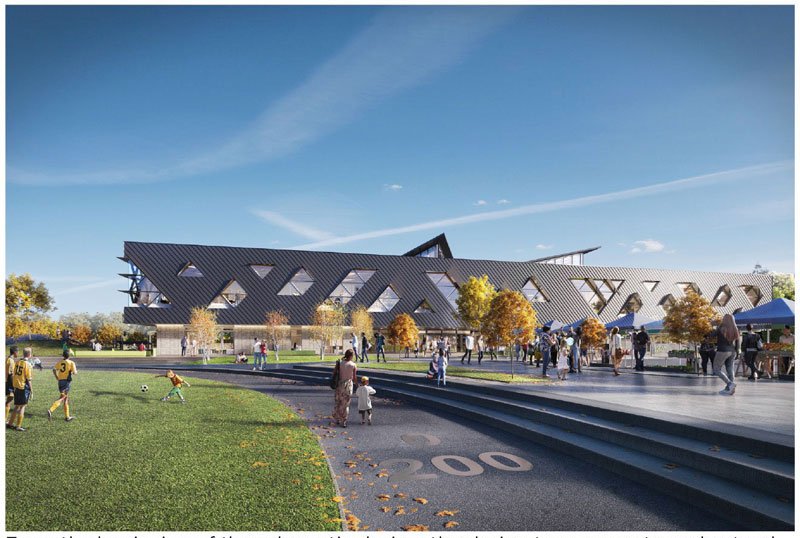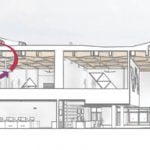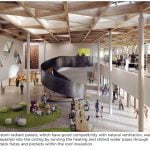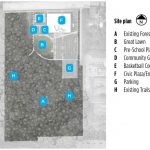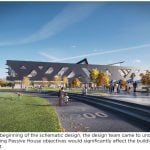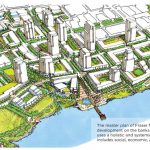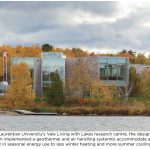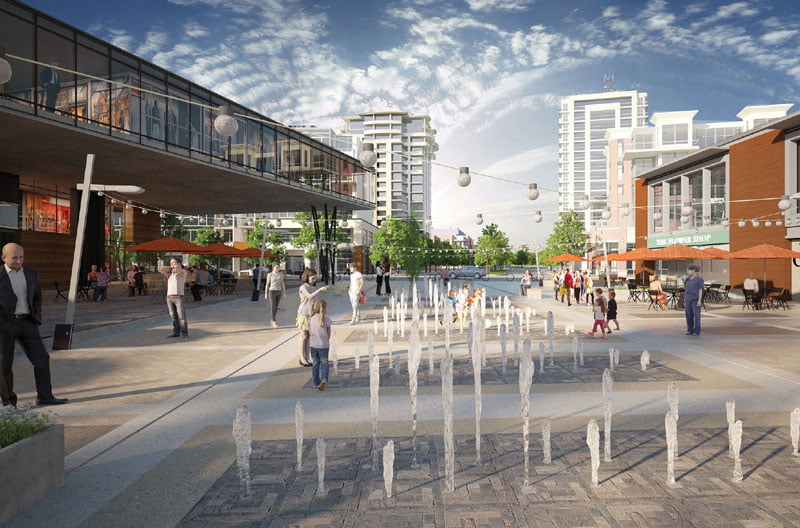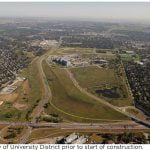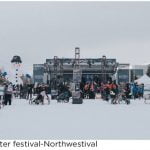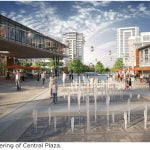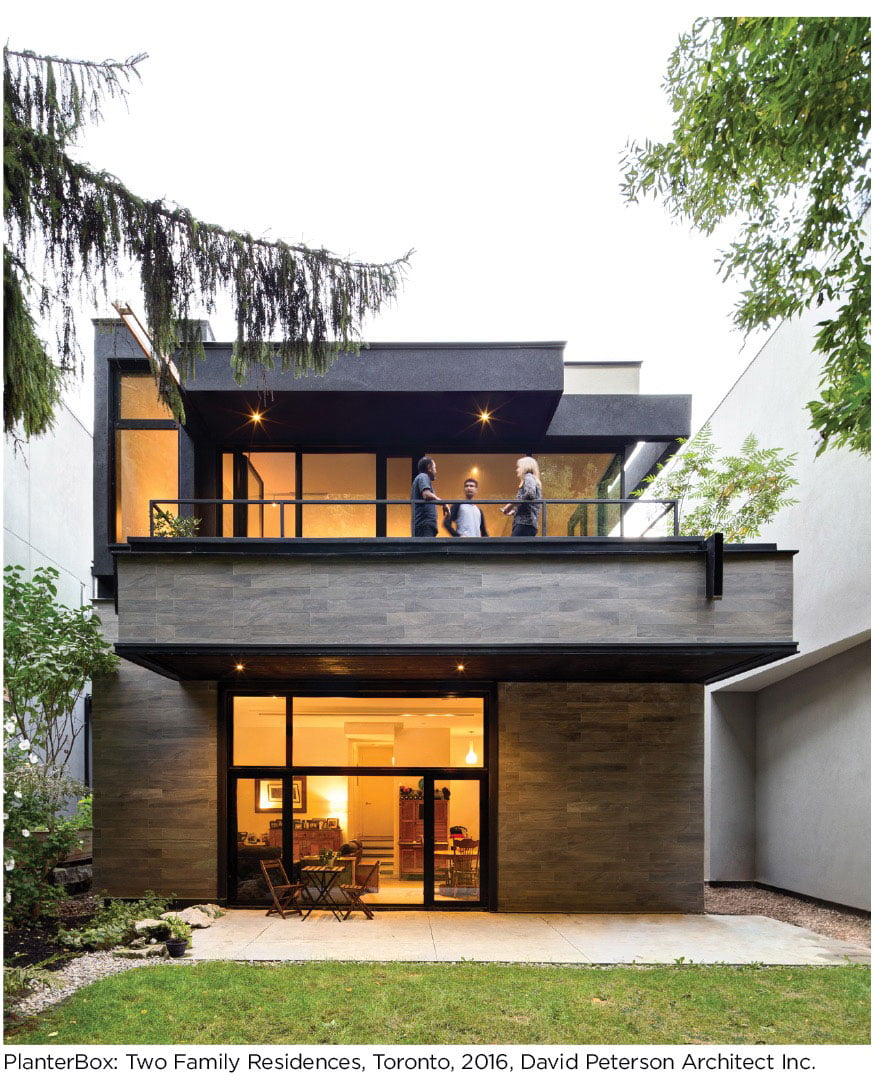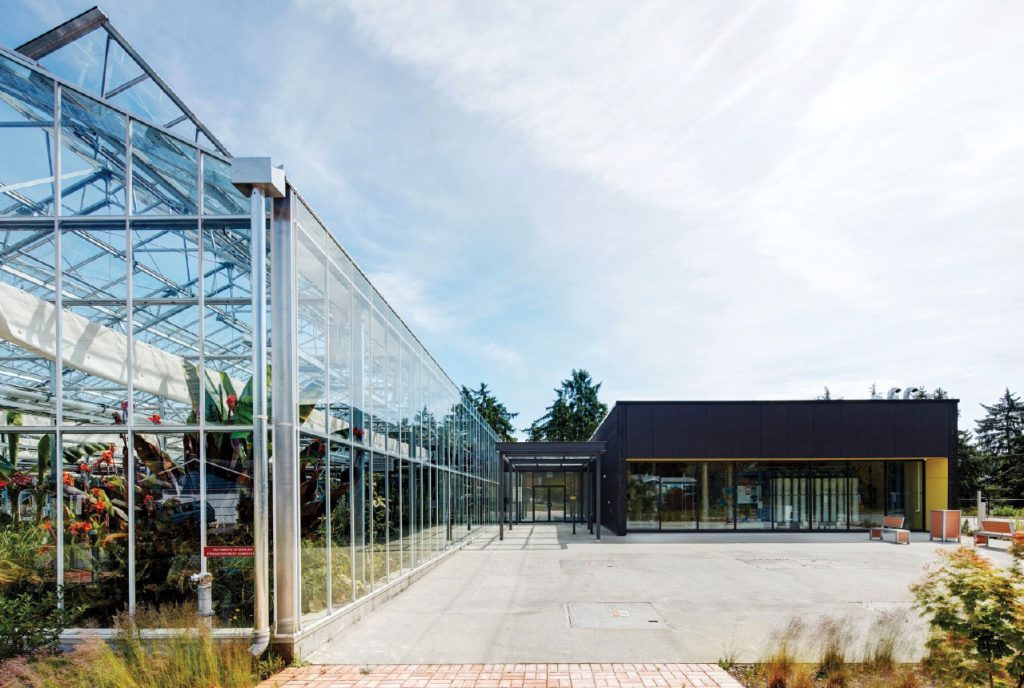
Commercial/Industrial [Small] Award | Public Architecture + Communication
Jury comments: We hope this project marks the beginning of a new era in which the invisible infrastructure that has long-supported urban life is brought out into the daylight. Only through making infrastructure visible can we fully grasp and understand the implications of our linear systems of production, consumption, treatment and disposal. Alongside the learning opportunities provided by this facility, the volume of waste discharged into the ocean has been reduced by 90% compared to its predecessor and the bio-nutrient by-products can be used for industry and agriculture.
The Sechelt Water Resource Centre (SWRC) rethinks traditional municipal wastewater treatment. Instead of sequestering this essential service behind a locked chain-link fence, the transparent suburban facility reveals the mechanical and biological systems that clean wastewater, replacing the traditional ‘flush and forget about it’ systems with one that encourages the public to consider their role in the hydrological cycle.
In comparison to the facility it replaced, the SWRC discharges ten times fewer waste solids into the sea, boasts double the treatment capacity and nearly half the operational costs; and, captures resources (biosolids, heat, and water) for industry, parks, and agriculture. A sewage treatment plant, botanical garden and teaching facility in turn, the centre also provides a more humane work environment where employee duties include harvesting tomatoes and pruning roses.
Wastewater is treated and reused at its source instead of being pumped back and forth from an energy intensive pipe network, effectively closing the water loop. The SWRC replaces an existing packaged extended aeration plant with the first North American installation of the Organica Fed Batch Reactor System.
This system is set apart by the inclusion of microorganisms, which live among the roots of plants grown in a greenhouse above the reactors. The plant roots create a complex environment which fosters a biologically diverse community of insects and bacteria that consume the organic matter.
What is remarkable about this system is the elimination of noise pollution and odours associated with conventional treatment as well as its reduced footprint. The entire process is housed in a single building, which integrates with the surrounding neighbourhood and nearby Sechelt Marsh Park.
PROJECT CREDITS
- Owner/Developer: District Municipality of Sechelt
- Architect: Public Architecture + Communication
- General Contractor: Maple Reinders Group Inc.
- Landscape Architect: Urban Systems
- Civil Engineer: Urban Systems
- Electrical Engineer: IITS Ltd.
- Mechanical Engineer: HPF engineering Ltd.
- Structural Engineer: CWMM Consulting Engineers Ltd.
- Commissioning Agent: CES Group
- Photos: Martin Tessler
PROJECT PERFORMANE
- Energy intensity (process) = 584 KWhr/m²/year
- Energy intensity reduction relative to reference building under ASHRAE 90.1 2007 = 22%
- Water consumption from municipal sources = 12,597 litres/occupant/year
- Reduction in water consumption relative to reference building under LEED = 69%
- Recycled material content by value = 17%
- Regional materials (800km radius) by value = 26%
- Construction waste diverted from landfill = 96%

